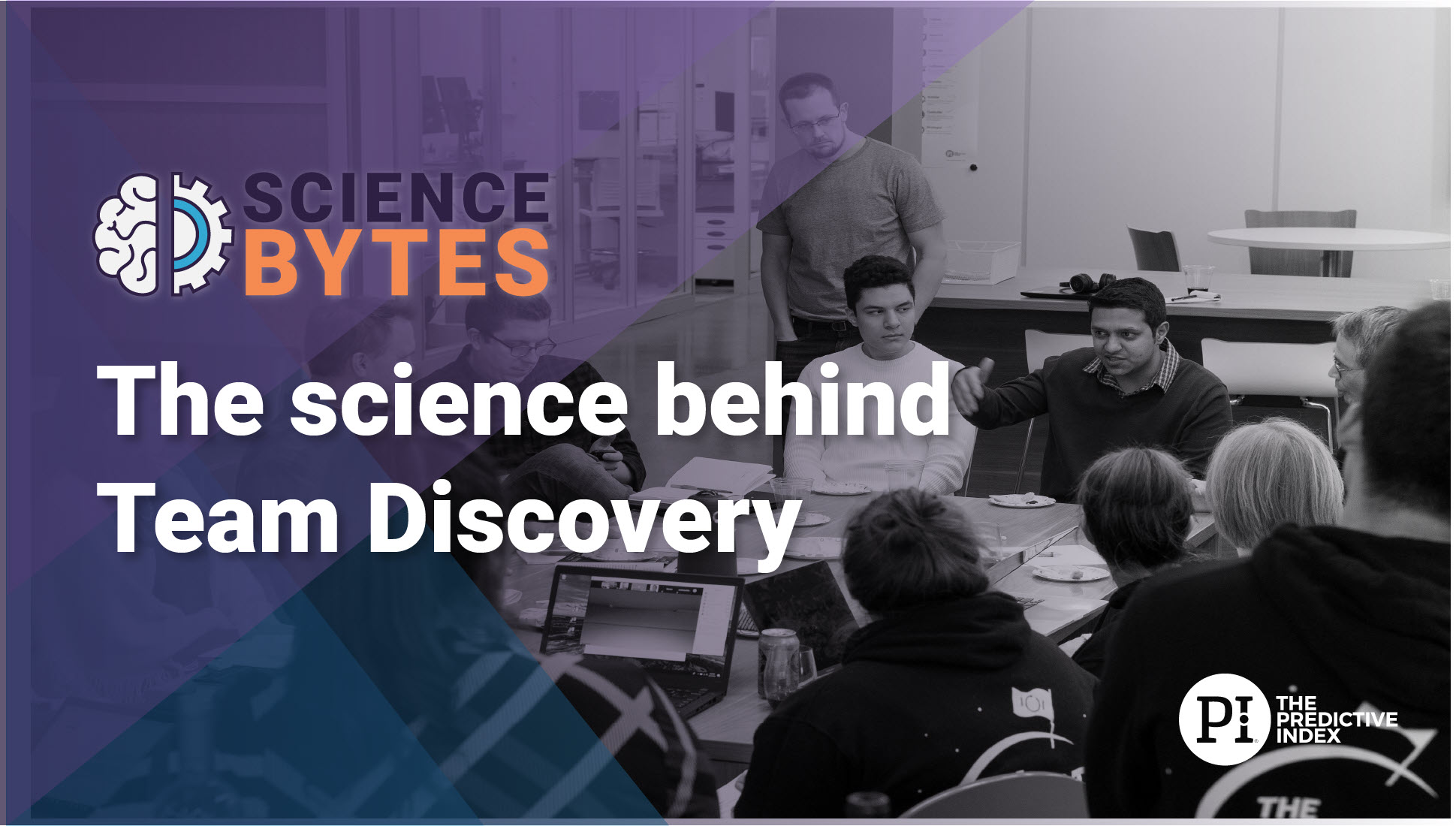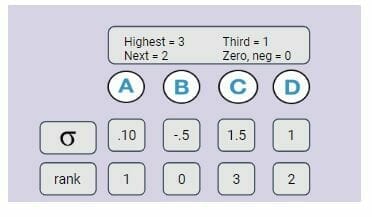The Science Behind Team Discovery
The Science Behind Team Discovery
Introduction to Team Types
What are the origins of Team Types?
In 2019, The Predictive Index sought to discover the types of teams that existed among client organizations through a large-scale empirical study. Using PI Behavioral Assessment results from 125,000+ employees across 20,000+ teams, we found evidence for nine distinct Team Types based on the behavioral make-up of their members.

The characteristics of these teams are based upon the pioneering work of William Marston (1928) and his model of workplace personality and behavior, which form the foundation for the four primary factors of the PI Behavioral Assessment. The BA is a psychometrically sound and valid tool for personnel selection and development that describes individual behavior in the workplace context.

How do Team Types work?
A team’s type is based upon the overall behavioral emphasis of its members. First, the specific behavioral pattern of each team member is considered. Factors receive rank scores based upon their value (see right visual). These ranks are summed into individual quadrant scores based upon Cameron & Quinn’s interpretation of the Competing Values Framework (2006), a popular framework for understanding organizational culture. These scores are then considered in aggregate, with Team Type determined by the overall emphasis of the team; those quadrants with at least 30% behavioral alignment across the team are considered to be the most descriptive of the team’s culture.

